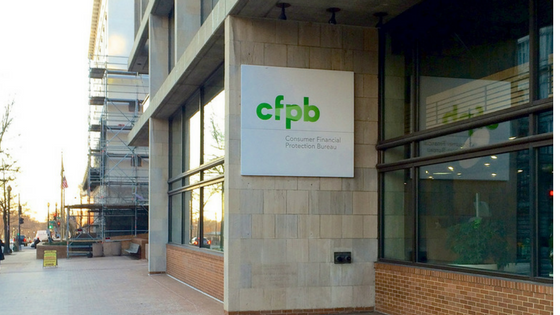More than 40% of individuals who participated in a survey conducted by the Consumer Financial Protection Bureau have difficulty making ends meet and more than one-third of respondents have experienced a “material” hardship during the past year.
The results were released yesterday by the CFPB as part of the agency’s Financial Well-Being Survey. The agency also released a tool that consumers can use to assess the state of their own well-being and how take better control of their finances.
Whether an individual has been contacted by a debt collector, has used a non-bank short-term credit product — such as a payday loan — or been denied credit were strong indicators that an individual has a negative financial well-being, the CFPB concluded in its report.
While we do not know if these associations simply reflect the correlation between these experiences and a general lack of financial resources, which could be at the root of the lower financial well-being, or if they have more specific and direct relationships with financial well-being, a range of product, program and policy solutions to these issues exist.
Specifically, those individuals who had been contacted by a debt collector had lower financial well-being scores, according to the CFPB. The average score — on a scale of one to 100 — for those who had been contacted by a debt collector was 43, compared with an average score of 54 overall. The average score of those who have not been contacted by a debt collector was 56.
A household needed an annual income of at least $50,000 to be considered average. Those households with incomes below $50,000 were below the average well-being score, according to the CFPB.
Those who own their own homes, as opposed to those renting or neither renting nor owning, were above the average well-being score. Those who are married were also above the average, compared with those who were never married, separated or divorced, who were all below the average.
The results provide an interesting glimpse into the likely financial state of affairs for households being contacted by debt collectors. ARM industry participants would be wise to review the results for possible adjustments to their collection strategies.








